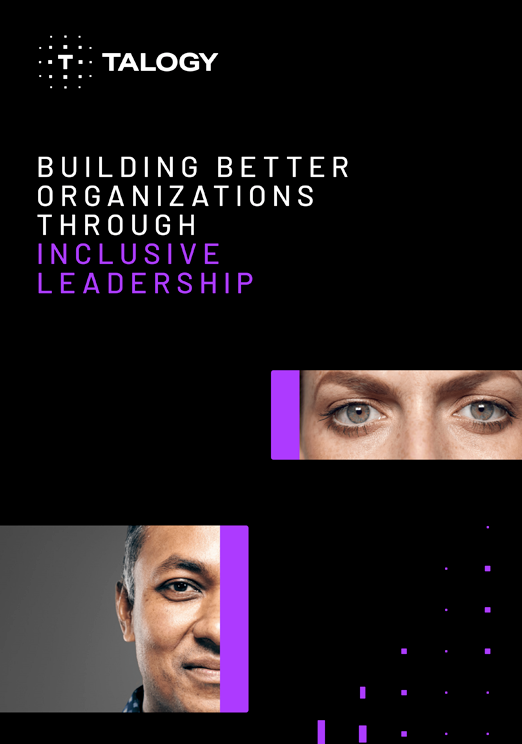Caliper’s assessment tools stand out for their strong scientific foundation and practical application in a 21st century business world. But our truly unique differentiator is the Caliper phone consultation.
Other assessment providers send you a report, and it’s up to you to determine what the results mean for your department and your company. It’s the end of the line regarding information flow. A Caliper report, while robust and substantial, is merely the beginning of the conversation. And we don’t mean “conversation” metaphorically. We’re talking about an actual conversation with a Caliper consultant.
Who are Caliper consultants and what do they do?
Caliper consultants are business professionals from various industry backgrounds who have undergone rigorous training in psychometrics and assessment interpretation. Their role, in essence, is to provide a multi-dimensional view of assessment results so clients can make the most informed hiring and employee-development decisions possible.
“I view myself as a business partner who supplies meaningful information about performance potential to prospective employers,” says Sheila Bernard, a senior consultant with Caliper. “I’m the unbiased resource who has no preconceptions about the individuals being assessed, because I don’t know what they look like or sound like. I focus on the ‘internal wiring’ revealed by the data.”
Hiring managers and HR professionals are naturally interested in finding out where the job candidate lands in regard to job fit. Caliper reports provide such information in either graphical or text format, and the results are based on the candidate’s assessment scores relative to top performers in similar roles. The value of the consultation comes from interpreting those findings in a client-specific context.
“We bring the nuance someone won’t get simply looking at numbers,” says Frank Piccolo, Caliper consultant. “What are the unique requirements of the role? What is the company culture like, and how does this individual align with it? We draw the connection between the scores in the report and how they are likely to manifest in the context of the job.”
Piccolo adds, “This approach lets us talk about potential next steps for a candidate, areas to focus on in a follow-up interview, and compensating behaviors the candidate might have developed—or might need to develop—to account for the performance inhibitors identified in the report.”
Hiring managers looking for a quick information dump or expecting a crystal-ball reading are not gaining full value from a phone consultation with a Caliper consultant. What to say to those who only want to give up a minute or two of their day for a data download?
According to Sheila Bernard, collaboration between consultant and hiring manager is an essential component of interpreting assessment results. “The benefit of the call is that it brings out critical things the hiring manager might not have thought about otherwise.”
During such a call, managers and HR professionals may discover they’re looking for the wrong type of applicant or that they’re asking the wrong questions in an interview. Or that they were overlooking valuable information about applicants’ performance drivers and inhibitors when making hiring decisions in the past. In the end, the way for clients to get the most from the assessment process is to be engaged, open, and invested.
Frank Piccolo explains: “I ask questions to better understand the position, the company, the reason the role is open, and the other stakeholders involved. Sometimes I compare the hiring manager’s assessment results on file to the candidate’s to illuminate potential pitfalls in communication and collaboration. We can also compare candidates to each other. It’s a two-way conversation with the ultimate goal of managing candidates for success after they are brought on board.”
If there’s a key takeaway regarding Caliper’s consulting philosophy, it’s this: Success doesn’t end with making the hire. That’s where success begins.
Says Sheila Bernard, “A good consultation call will support decisions that are best for not only the individual being assessed but also for the manager, the department, and the long-term organizational strategy.”

